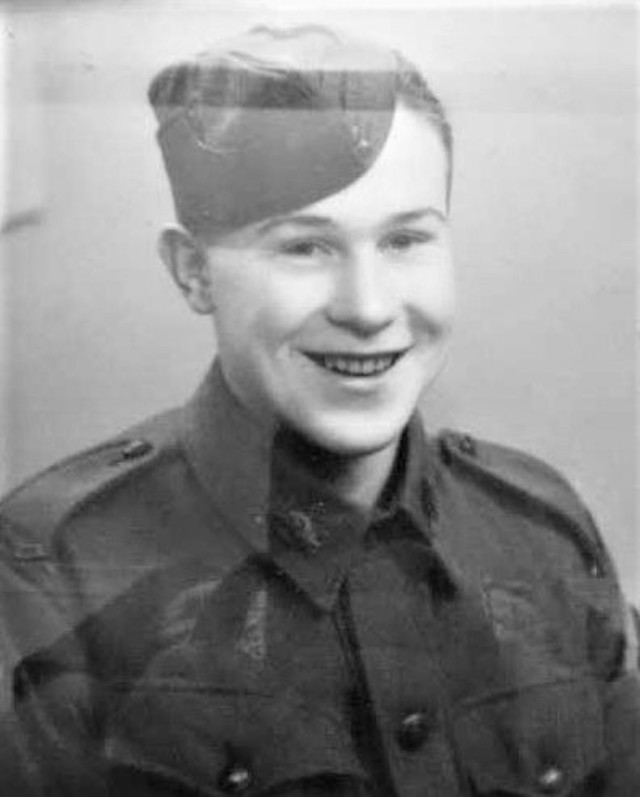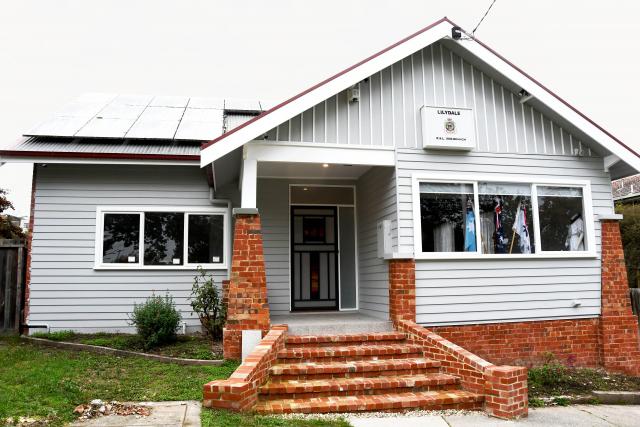Formed in 1919, the Lilydale RSL Sub-branch is the oldest continuous club for ex-service people in this district. Over the years they have been proud to have had many members with fascinating military careers, in fact the first Life Member was local Victoria Cross recipient George Ingram VC, MM.
One member with an extraordinary story was Bill Gilbee, who at the age of just 14 was possibly the youngest soldier to have served actively with the Second AIF during the Second World War.
Born at Wesburn in 1924, in June 1940, he was working as a butcher when he enlisted in the army. Although just 14 years at the time, he told the recruiting Sergeant he was 20 and was believed. He was then allotted to the 2/8th Battalion and sailed for the Middle East.
In late 1940 he went into action against the Italian forces in Libya and was in the battles of Bardia, Tobruk and Benghazi before being moved to Greece to fight the invading German forces. He was at the Battle of Vevi Pass, near the border of Yugoslavia, when his unit was overwhelmed by the enemy and forced back through Greece and eventually to the island of Crete, surviving the sinking of the troopship ‘Costa Rica’ along the way.
When the Germans invaded Crete, his unit fought gallantly to hold the island and Bill was present at the famous Battle of 42nd Street. Eventually however on the morning of 1 June, 1941, Bill was captured and became a prisoner of war.
He was held in a POW Camp on Crete for a time before being moved to fairly dire conditions in another camp in Salonkia, Greece. Eventually they were crowded into cattle trucks and sent by train across Europe to Stalag VIIIb in Lambsdorf, Germany. He remained here for nearly two years, escaping just as the camp was to be liberated and soon after met up with advancing American forces.
In July 1945 he was sent to a transit camp in England to wait for an available ship to bring him home to Australia. In the meantime, he met and married an English girl, Maud Ross, and she eventually followed him to Melbourne as a war bride. He arrived back home in October 1945 but spent some time in hospital suffering from bronchitis and rheumatism; he was discharged in February 1946.
After the war he and his wife lived in Lilydale, and he worked as a saw miller for many years. During this time, he was an active member of the Lilydale RSL and the Lilydale Athletics Club. He died in 1982 and is buried at the Lilydale Cemetery.
Lest we forget.








